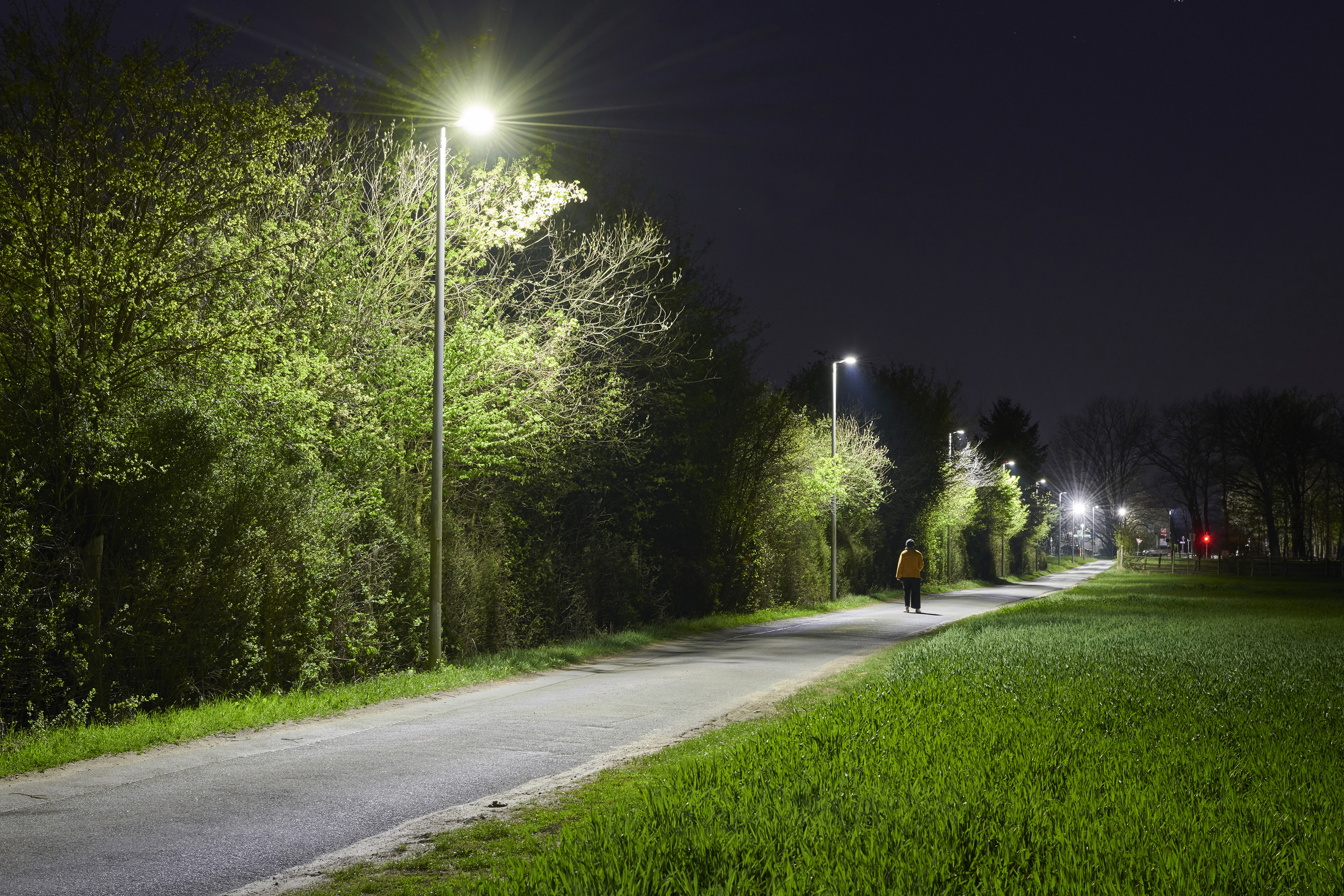A new study reveals how outdoor artificial lighting at night links with sleep and mental disorder of adolescents. Researchers of the National Institute of Mental Health (NIMH) found that teenagers who live in areas that have high levels of artificial light at night tend to get less sleep and are more likely to have a mood disorder comparing to teens who live in areas with low levels of night-time light.
The research, titled “Association of Outdoor Artificial Light at Night with Mental Disorders and Sleep Patterns among US Adolescents,” was based on a cross-US survey on more than 10 thousand adolescents from 13 to 18 year-old. By measuring their outdoor light exposure and analyzing their sleep patterns and mood levels, the finding showed that artificial light near the home was associated with sleep and mental problems of young age people.
"These findings illustrate the importance of joint consideration of both broader environmental-level and individual-level exposures in mental health and sleep research," said study author Diana Paksarian, Ph.D., a postdoctoral research fellow at NIMH.

(Image: Tridonic)
Daily rhythms, including the circadian rhythms that drive our sleep-wake cycles, are thought to be important factors that contribute to physical and mental health. The presence of artificial light at night can disrupt these rhythms, altering the light-dark cycle that influences hormonal, cellular, and other biological processes.
To gauge the teens' exposure to outdoor artificial light at night, the researchers used satellite imagery data to calculate the average artificial light levels for each census block group in the U.S. As expected, levels of artificial light at night varied according to certain neighborhood-level factors, such as urbanicity, socioeconomic levels, and population density.
The data showed that greater levels of artificial light at night were also associated with increased likelihood of having a mood disorder or anxiety disorder. Specifically, teens who lived in areas with higher levels of artificial light at night were more likely to meet the diagnostic criteria for bipolar disorder or specific phobia.
According to Paksarian and coauthors, this association is noteworthy because disruptions to sleep and circadian rhythms is a well-documented feature of certain mental disorders, including bipolar disorder. The study findings point to disrupted sleep as a possible link between artificial nighttime light exposure and mental health outcomes, a link that should be tested in future prospective research.












